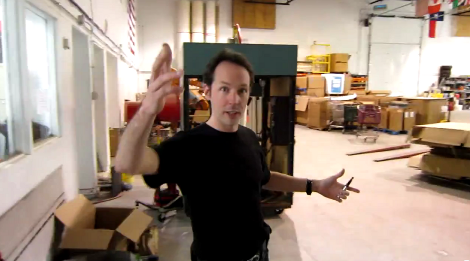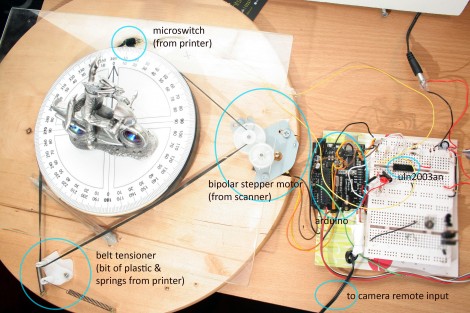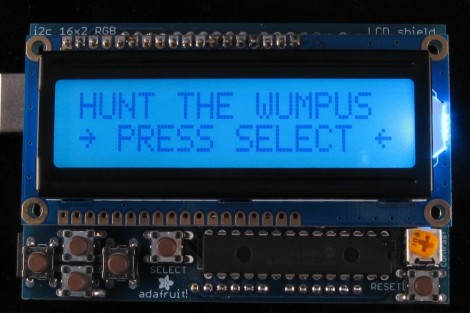
If you’re in Westport CT, or within day-trip distance, you might want to check out the Mini Maker Faire happening there this weekend. Being held at the Westport Library & Jesup Green, there are going to be several interesting planned events, on top of the usual gathering of makers and hackers. Local hackerspaces will be in attendance as well.
Some of the planned events include a battle of the home made bands, rube goldberg events, and jam sessions with the home made bands. Check out the guest speakers as well, there are a few names there that we would love to see.

















